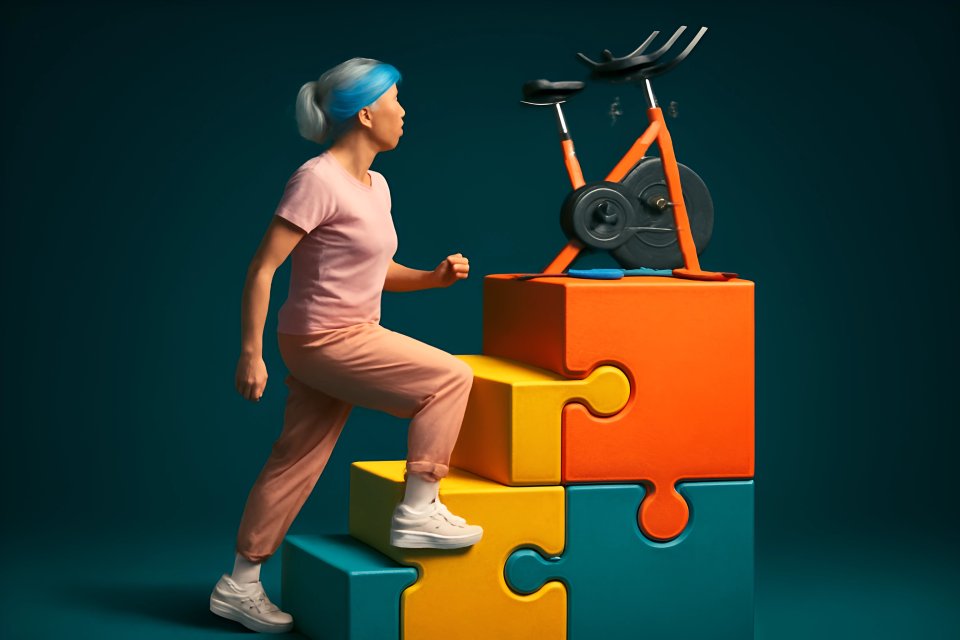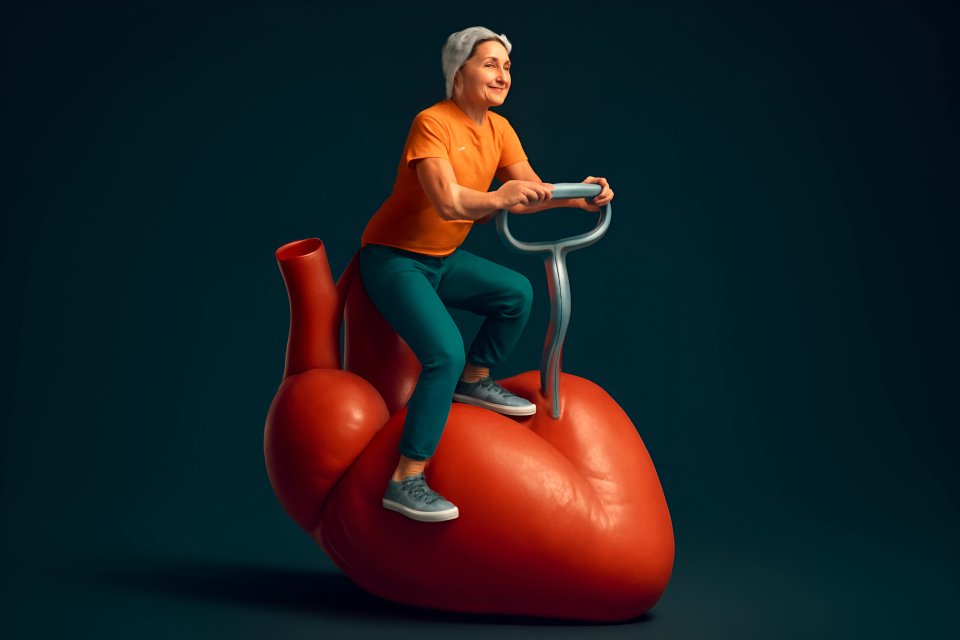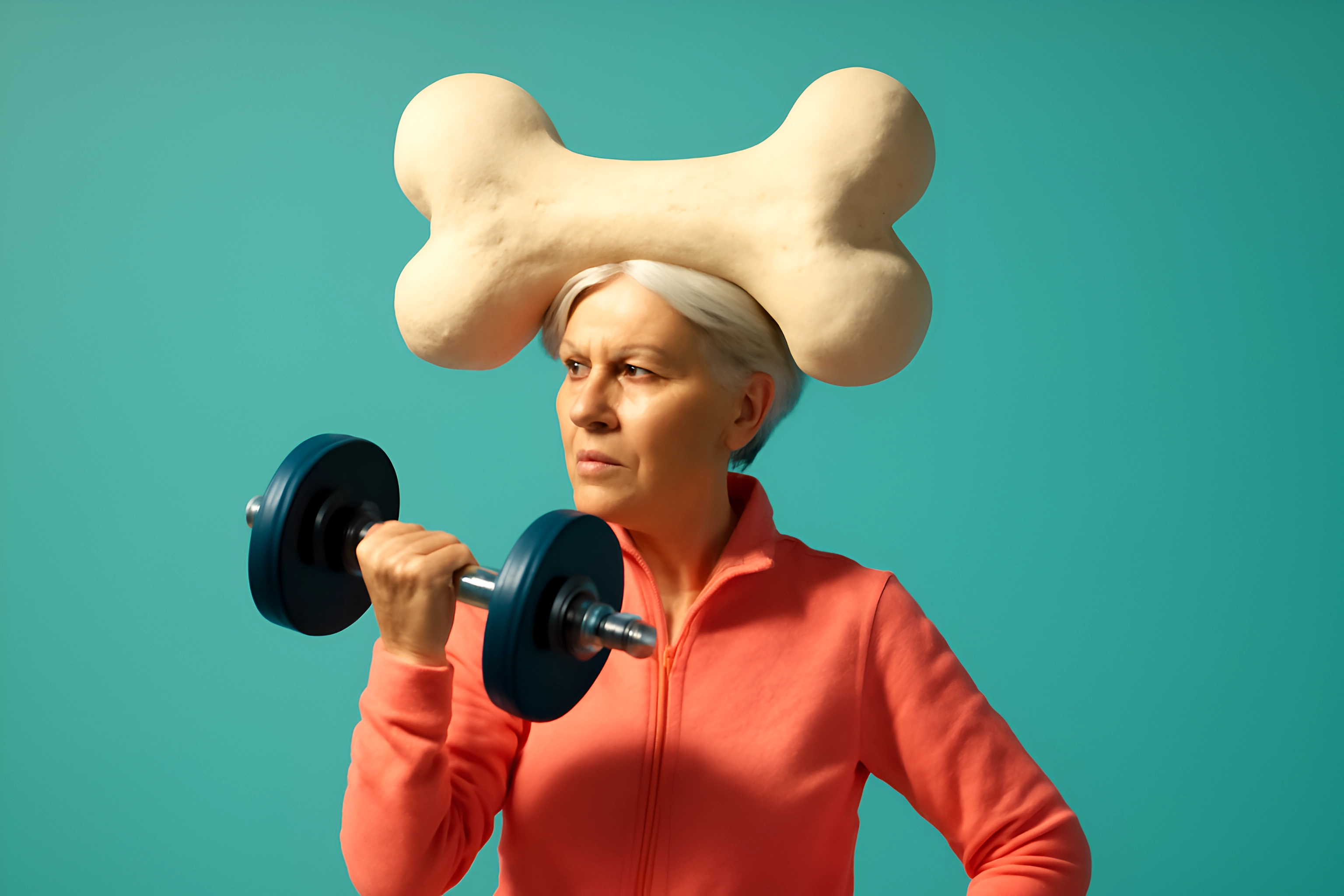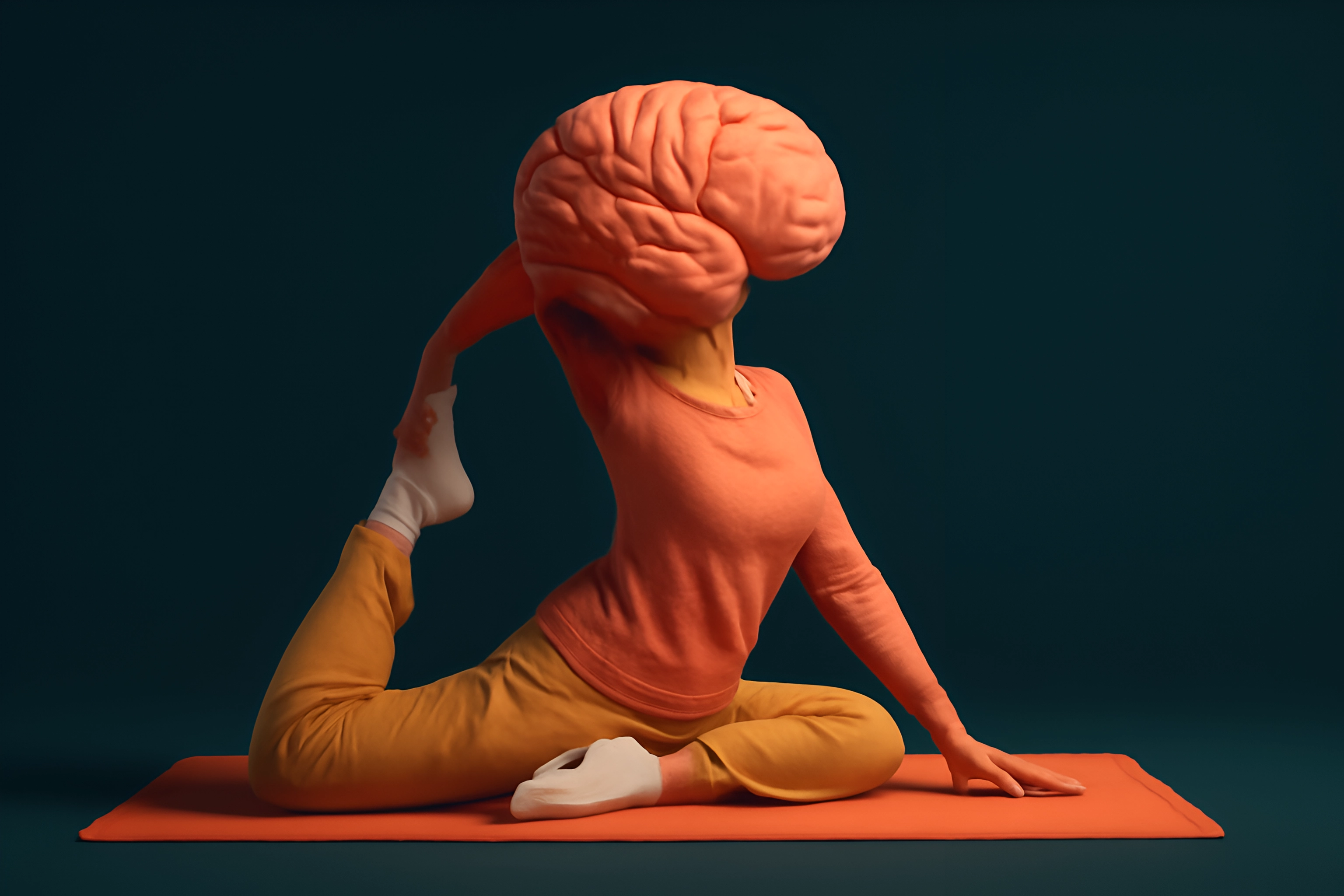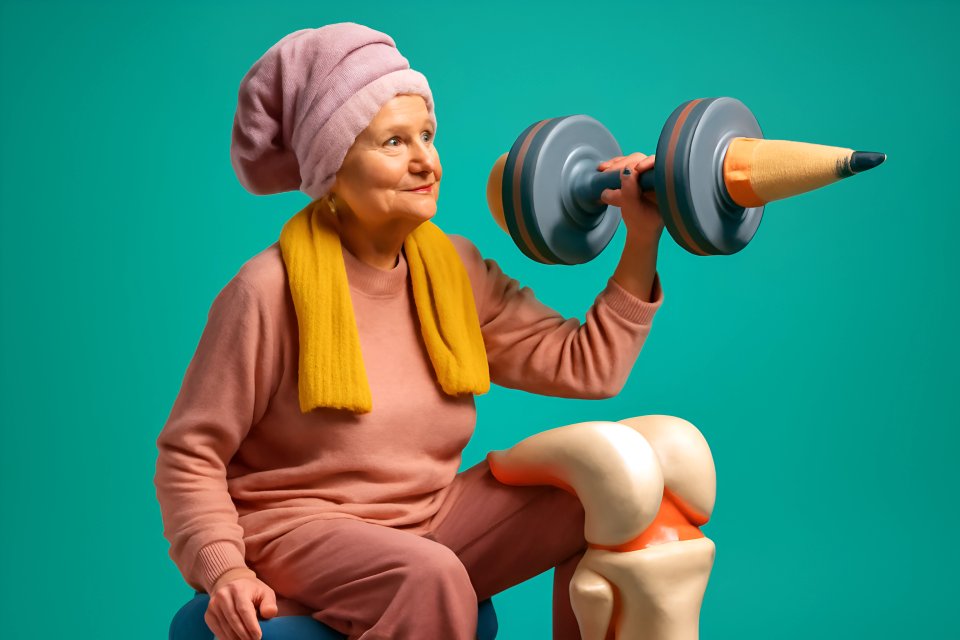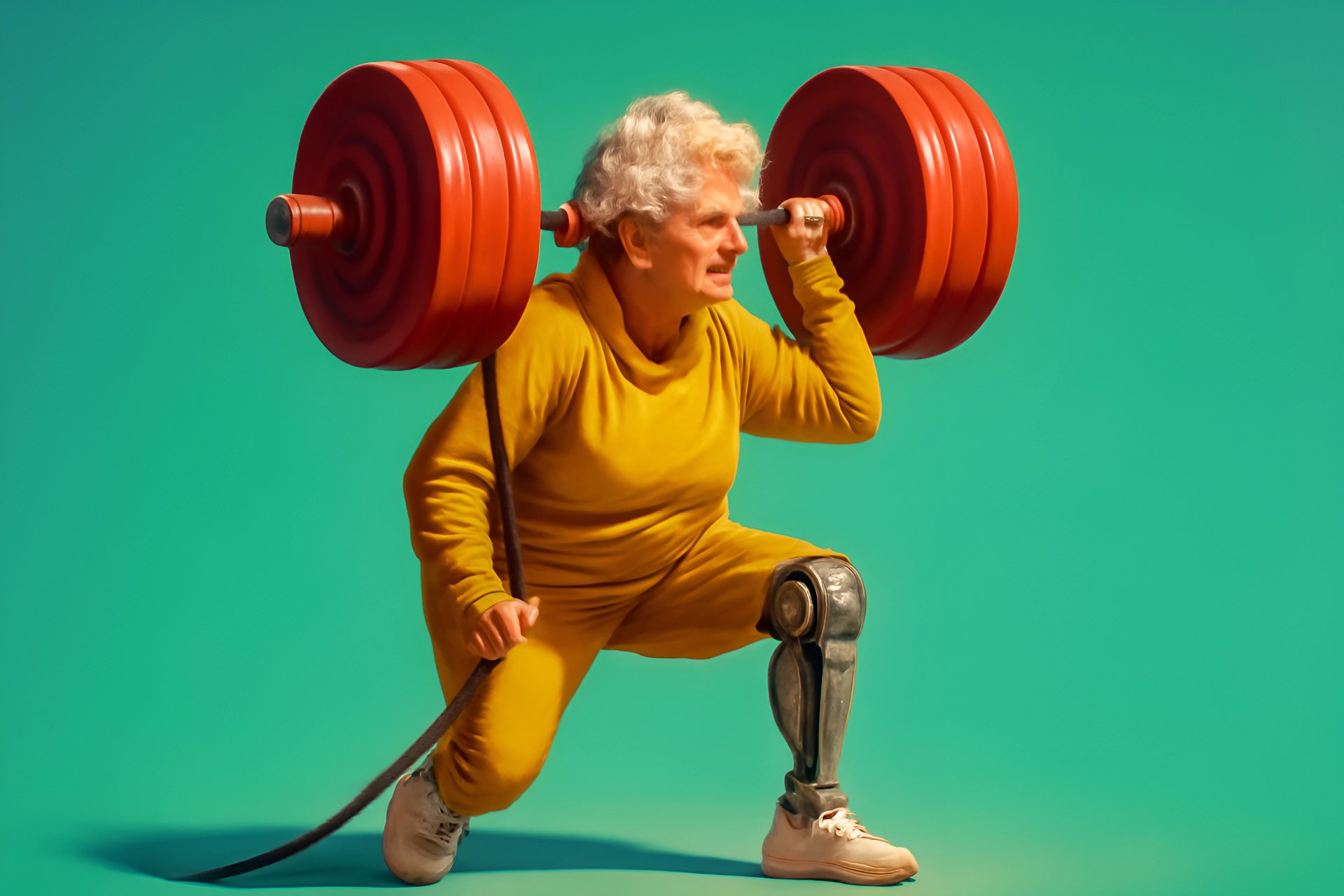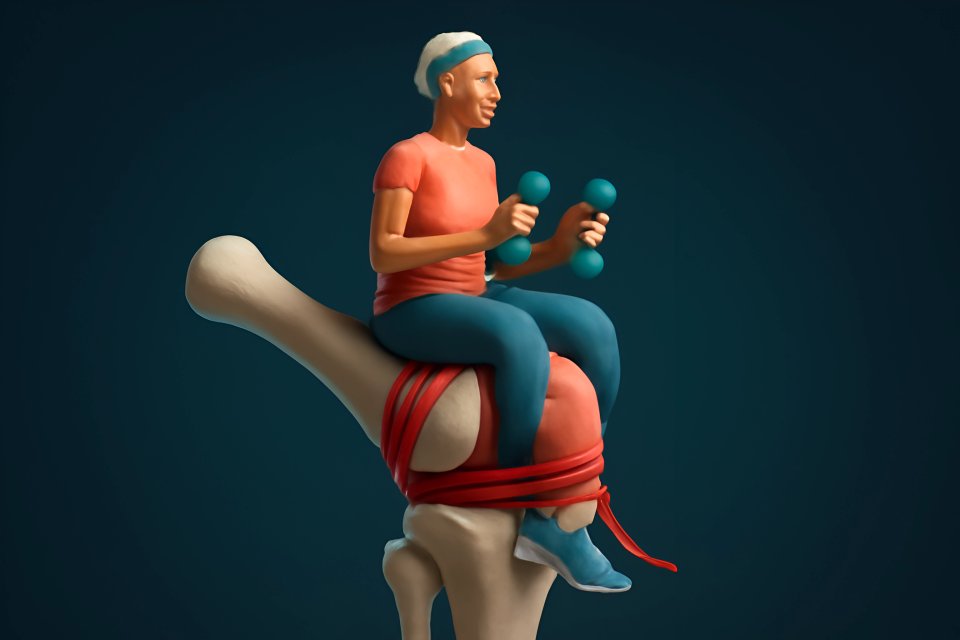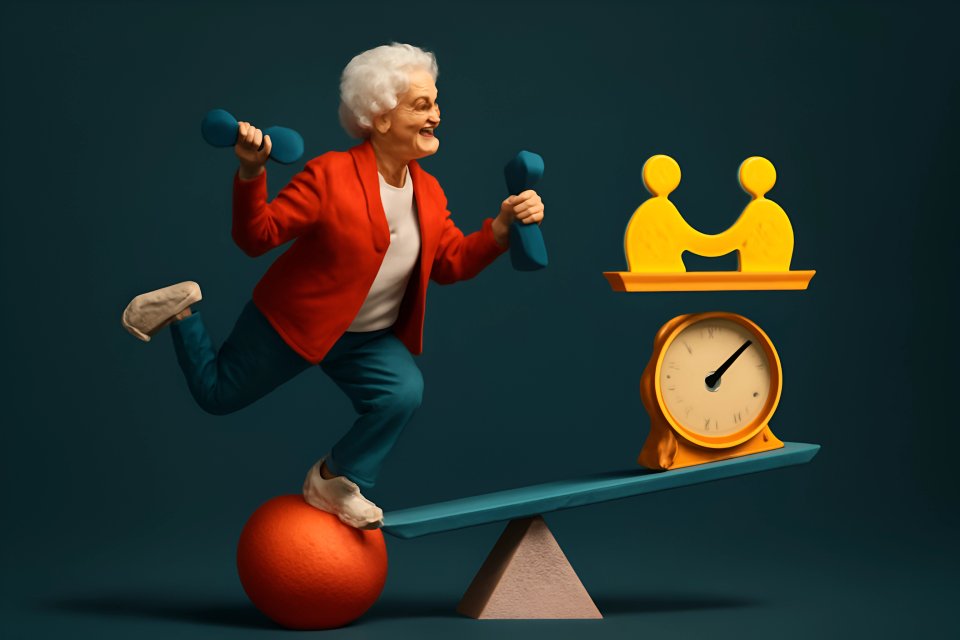
Don't Let Aches and Pains Sideline Your Strength
You know strength training is essential for staying independent and strong, but your joints are telling a different story. That familiar ache in your knees, shoulders, or hips can make the thought of lifting weights feel impossible. But what if it doesn't have to be a choice between strength and comfort?
This article is your personal guide to reclaiming your strength routine, safely and effectively. We are going to show you exactly how to work with your body, not against it, to build the resilient, powerful physique you deserve.
Forget the idea that joint pain is a life sentence of inactivity. Together, we will explore practical strength training modifications for seniors with joint pain. We'll prove that you can build muscle, protect your bones, and feel powerful again without aggravating those sensitive joints.
Why Strength Training is NON-NEGOTIABLE, Especially with Joint Pain
Let's be brutally honest: avoiding movement is the fastest way to lose your independence. After age 50, musculoskeletal deterioration accelerates, with studies documenting a shocking 1-2% annual loss in leg strength. For those with osteoarthritis, that decline can be as high as 3.5% per year. This creates a vicious cycle where weaker muscles lead to more joint stress, which causes more pain and even less desire to move.
But you can break that cycle. Think of your muscles as the body's natural shock absorbers. When you strengthen the muscles around a joint, like your quadriceps and hamstrings, they can absorb up to 30% of the load during daily activities, taking immense pressure off your knees. In fact, research from the Mayo Clinic shows that strengthening muscles can reduce pain and improve function for those with osteoarthritis.
This isn't just about feeling better; it's about survival and freedom. The National Institute on Aging's landmark LIFE study found that a targeted strength program reduces the risk of major mobility disability by 18% in vulnerable seniors. This is your power to keep climbing stairs, carrying groceries, and living life on your own terms.
The Golden Rules of Joint-Friendly Strength Training
Before you lift a single weight, you must commit to a new set of rules. These aren't suggestions; they are the foundational principles that separate a successful, pain-free workout from one that sets you back. Mastering these secrets is the first step toward building a body that feels strong and secure.
Essential Senior Strength Training Tips
To build a safe and effective plan from the ground up, it's crucial to understand the fundamentals. For a deeper dive into creating a holistic plan, you can explore our complete guide on how to build a low-impact exercise routine over 50. These foundational safety protocols are non-negotiable for your success.
Here are the core rules to live by:
- Always Warm-Up: Never start with cold muscles. Focus on five minutes of dynamic stretches like arm circles and leg swings to increase blood flow and lubricate your joints.
- Listen to Your Body: The "no pain, no gain" mantra is dangerous and wrong for you. You must learn to differentiate between the dull ache of muscle fatigue (which is good) and sharp, stabbing joint pain (which is a stop sign).
- Form Over Weight: Perfecting your form with lighter weights or even just your bodyweight is infinitely more powerful than lifting heavy with sloppy technique. Poor form is a direct path to injury.
- Focus on Range of Motion (ROM): Only work within a range that is completely pain-free. A half-squat done correctly builds more strength and confidence than a deep squat that makes your knees scream.
- Breathe! Never, ever hold your breath. Always exhale on the hardest part of the movement, like when you are pushing or lifting.
Common Exercises and Their Joint-Friendly Modifications
Now for the best part: the practical, real-world swaps that let you keep training hard while protecting your body. Here is how to modify the most common exercises that give people trouble.
If Your KNEES Hurt...
The Challenge: Deep Squats & Lunges
These movements can feel like a nightmare on arthritic knees. But the muscles they target are the very ones that protect your knees. Instead of giving up, you simply need to adapt with smarter alternatives.
Your Joint-Friendly Alternative is the Box Squat. By squatting down to touch a sturdy chair or bench, you control the depth perfectly, preventing you from going into the "pain zone." This simple modification teaches proper hip-hinge mechanics and, according to biomechanics research, can reduce the stressful force on the front of the knee significantly.
Another powerful tool is the Wall Sit. This is an isometric exercise, meaning you build strength without any joint movement at all. Simply slide your back down a wall until your knees are at a comfortable angle and hold. This builds incredible endurance in your quadriceps, the primary stabilizers for your knee joint.
If Your SHOULDERS Ache...
The Challenge: Overhead Press
Pressing weights directly overhead can cause impingement and aggravate the rotator cuff, a common source of shoulder pain. The solution isn't to stop training your upper body; it's to change the angle of attack.
A fantastic alternative is the Seated Row with resistance bands. By anchoring a band in front of you and pulling it toward your chest, you strengthen the crucial muscles in your upper back that support the entire shoulder girdle. According to the American College of Sports Medicine, building these postural muscles is a key strategy for improving function in people with osteoarthritis.
You can also use Incline Push-Ups. By placing your hands on a wall or a sturdy countertop, you reduce the load on your shoulder joints while still getting a great workout for your chest and arms. This simple change makes the push-up accessible and safe again.
If Your HIPS are Tight or Painful...
The Challenge: Traditional Deadlifts or Deep Leg Presses
Exercises that require deep hip flexion can be excruciating if you have hip arthritis or tightness. The key is to strengthen the supporting muscles, especially the glutes, without forcing the joint into a painful position.
Try Banded Hip Abduction. While seated, place a resistance band around your thighs just above your knees and press your legs outward. This move directly targets the gluteus medius, a critical muscle for pelvic stability and smooth walking.
Another excellent choice is the Bodyweight Hip Thrust. Lie on your back with your knees bent and feet flat on the floor, then drive your hips up toward the ceiling. This is one of the most effective ways to build powerful glutes with minimal stress on the hip joint itself.
If Your WRISTS or HANDS are Weak (Arthritis Focus)...
The Challenge: Push-ups on the floor, holding heavy dumbbells.
Grip strength can be a major limiting factor, especially for those with arthritis in their hands. The pain of holding a dumbbell or bending your wrist can make many exercises feel impossible. These are some of the most important exercise modifications for arthritis.
Instead of doing push-ups on flat palms, use Push-Up Handles or make fists to keep your wrists in a neutral, pain-free position. This small adjustment distributes the force more evenly and protects the delicate joints in your hands and wrists.
You should also switch from dumbbells to Resistance Bands with handles. The handles are often easier to grip, and as the Arthritis Foundation points out, bands provide effective resistance that is gentler on joints. You can also build foundational grip strength with therapy putty or stress balls, which improves dexterity without the strain of heavy loads.
Smart Tools and Strategies for Success
Your success depends on more than just the exercises you choose. It's about creating a supportive ecosystem for your body. This means using the right tools and adopting the right mindset for long-term victory.
Embrace resistance bands as your new best friend. They offer variable resistance, which means the tension increases as you move through the exercise. This is often much gentler on the initial, most vulnerable part of a lift.
Consider adding water-based exercise to your routine. The natural buoyancy of water supports your body, reducing weight-bearing stress on your joints by as much as 50%. According to the Arthritis Foundation, the hydrostatic pressure of water can also help reduce swelling and improve circulation.
Finally, never underestimate the power of rest. Your muscles don't get stronger during the workout; they rebuild and get stronger during the recovery period afterward. Always allow at least 48 hours of rest for a muscle group before training it again, and always consult a doctor or physical therapist before beginning a new routine.
Conclusion: Strength is Your Superpower at Any Age
Let this be the moment you change your mindset forever. Joint pain is not a stop sign; it is a signal to work smarter, not to give up. By focusing on smart modifications, perfect form, and listening to the wisdom of your body, you absolutely can continue to build the strength you need to live a vibrant life.
Strength training is your key to vitality, your shield against decline, and your ticket to a future filled with independence. You now have the tools to adapt, overcome, and thrive. To create a truly comprehensive fitness plan, pair these strength workouts with our guide to low-impact cardio ideas for heart health to build endurance without punishing your joints.
What are your favorite joint-friendly strength exercises? Share your tips and successes in the comments below to inspire the FitOverFifty community.







